Ah, the age-old question: "What golf ball should I use?" A query that has haunted golfers since the dawn of the modern golf ball. With so many brands and options available how do you even know where to begin? Fear not, fellow golfer, for today we shall delve into the depths of this enigma and unveil the true secret to a better game! So, grab your clubs and buckle up, as we'll be your trusty caddy on this enlightening ride through the wild wonderful world of golf balls today.
The Dimpled Dilemma: What Makes Golf Balls So Darn Different?
Believe it or not, these little spheres are actually technological marvels.
Sure, they may all look like white-dimpled spheres, but golf balls are anything but uniform. Their internal structure, materials, and design all have a significant impact on how they perform on the course and ultimately how they can help or hurt your game. Read on as we delve into the wild world of golf balls and what makes each one special.
Let's quickly summarize the subtle (and not-so-subtle) differences between golf balls before we jump into more detail. Prepare for a whirlwind tour of technology, design, and performance!
Dimples, Dimples and More Dimples
First things first: let's talk dimples. Dimples are the golf ball's secret weapon. These little craters are the secret sauce behind a golf ball's ability to soar through the air like a majestic eagle. Dimples create turbulence, reducing air pressure (drag) in front of the ball and increasing lift. In layman's terms, they make the ball go higher, further, and faster.
Now, you might be thinking, a dimple's a dimple, right? Well, not true - not all dimples are created equal. They can vary in size, shape, and even pattern, which means each golf ball is a unique masterpiece of aerodynamics. So choosing the right one means understanding your golf game (more about this later).
Golf balls also differ in the number of layers they have. From the simple two-piece ball to the more sophisticated four or five-piece ball, each layer can influence a ball's performance. Generally speaking, the more layers a ball has, the more control and spin potential it offers. But beware, with more technology comes greater responsibility, and more layers can make your game trickier to manage.
Now, let's address the elephant in the room: compression. In the world of golf balls, compression is a pretty big deal. Golf balls come in low, medium, and high compression options, and they all cater to different swing speeds. If there's one thing you take away from this article it should be the importance of understanding compression and how it directly impacts your golf game.
So now that we know why golf balls are so different lets take a much deeper dive into the anatomy of a golf ball so that you can decide whether you need a soft golf ball, a premium golf ball, a high compression golf ball, or maybe a cheap golf ball.
The Anatomy of a Golf Ball: From Core to Cover
A. The Heart of the Ball: Core/Pieces
The core of a golf ball is like its engine - storing and releasing power. It drives performance and influences factors like distance, spin, and feel. Most golf balls feature a sold rubber core while others opt for a liquid center.
From the core, we move to the cover. However, in between the core and the cover are additional layers or mantles. Think of the mantle as a thin layer that surrounds and seals the core keeping it moisture free and dialing up or down your speed and spin. This is where technology takes over - a speed mantle may be like a turbo charge adding MPH to your ball speed. Or it could create more spin and control. Or perhaps it's every golfer's dream - the perfect balance of distance and spin.
Golf balls are typically made up of two, three, four, or even five pieces or layers. The number of layers or the mantles being used will affect the overall characteristics of the ball, with more layers usually providing better control, higher spin, and improved feel.
B. Feeling The Squeeze: The Compression Connection
Compression could be the most important factor in choosing the right golf ball for your game. It often gets overlooked by beginners and high handicappers who sometimes seem more concerned with playing golf with the most popular golf balls or premium golf balls played by their favorite Pro. If that's you - keep reading!
Compression is how much a golf ball deforms under impact - it's the energy needed to properly compress the ball at impact. To put it simply, lower compression balls are soft golf balls designed for slower swing speeds. while high-compression golf balls are hard golf balls designed for big bombers with a fast swing speed. So the question is who are you going to bring to the dance? Let's take a look at our dance partners and find the perfect fit.
It all starts with matching your swing speed to the compression rating of the golf ball. Compression ratings range from 30 to 120.
- High Compression Rating is 90 and up - Designed for fast swing speeds above 105 MPH
- Mid-Compression Rating is between 66-89 - Built for swing speeds between 85-104 MPH
- Low Compression Rating is between 65-30 - Perfect for swing Speeds below 85 MPH
So, go forth and find your compression soulmate, and together, you'll be launching those glorious high draws down the fairway. Or maybe you prefer the stylish fade that drops softly next to the hole.
C. The Great Cover-Up: How the Golf Ball's Exterior Matters
- Cover Me Surlyn -The Scoop on Surlyn Golf Ball Covers
Let's dive into the glorious world of Surlyn golf ball covers and uncover what makes them the envy of other golf balls.
First, let's talk chemistry. Surlyn is a special kind of ionomer resin that's got some serious game. It's durable, resistant to scratches, and comes with a healthy dose of street cred. In the golf world, It's got the perfect balance of durability and performance, making it the ideal wingman for your golf game. Surlyn covers are the preferred option when it comes to the two-piece golf ball and many three Piece golf balls.
Now, if you're still not convinced that Surlyn is the cover for you, let's talk performance. You know those pesky trees that always seem to jump in front of your ball? Surlyn's got you covered – literally. Its ability to withstand the harsh realities of golf life (including cart paths) means it'll stay in tip-top shape for longer. Plus, it's got a lower spin rate, so you can say goodbye to those wild hooks and nasty slices. And let's not forget the wallet-friendly factor; Surlyn-covered balls are easier on your bank account than their urethane counterparts, so you can hit the links without breaking the bank.
So, to sum up, this love letter to Surlyn golf ball covers: they're the perfect combo of style, durability, and affordability. They'll keep your game strong and your wallet happy. It's time to embrace the Surlyn life!
- Urethane's Royal Appeal - The Ball Cover Fit for a King (or Queen)
Step aside, peasants, because we're about to enter the regal realm of urethane golf ball covers! If Surlyn is the cool kid in school, urethane is the sophisticated, mysterious stranger that makes everyone swoon. With its premium feel and top-notch performance, urethane is the golf ball cover of choice for pros and wannabe pros alike. So grab your putter, and let's explore the kingdom of urethane!
Urethane is a versatile polymer that's like a knight in shining armor for your golf game – it offers a soft feel, a higher spin rate, and exceptional control around the greens. It's like having your own personal golf butler who's always there to make sure your shots land gracefully, even when you're in the rough.
Now, you might be wondering why urethane-covered golf balls don't grace every golfer's bag. Well, my dear subjects, it's because royalty comes at a price. Urethane golf balls tend to be pricier than their Surlyn counterparts, making them the creme de la creme of the golf ball world. But fear not, for the investment is well worth it if you're looking for the ultimate performing golf ball to match your scratch golf game.
In conclusion, urethane golf ball covers offer an unmatched level of sophistication and performance that's fit for the golfing elite. They may be a touch more expensive, but the royal treatment they provide on the green is worth every pretty penny. So if you're ready to rule the golf course, it's time to pledge allegiance to the kingdom of urethane. Long live the golf ball cover of kings and queens!
- All Tee'd Up - Uncovering Hybrid Golf Ball Covers' Clever Mix of Function & Style
Welcome to the fabulous world of hybrid golf ball covers! If you've ever found yourself torn between the cool vibes of Surlyn and the regal elegance of Urethane, then look no further, because we're about to blend those bad boys into the ultimate golf ball. Hybrid covers are the golf world's answer to peanut butter and jelly, Batman and Robin, or Netflix and chill – a dynamic duo that's just too good to resist. So let's tee off and explore this ingenious fusion of function and style.
Picture this: you're on the golf course, rocking a cool hat and some killer shades, and you pull out a golf ball with a hybrid cover. Suddenly, the clouds part and a choir of angels start singing – okay, maybe not, but you get the point. Hybrid covers are the best of both worlds, bringing together the durability and affordability of Surlyn with the soft feel and spin of Urethane. It's like having your cake and eating it too.
Technology has advanced to the point where hybrid golf ball covers are now nearly indistinguishable from urethane ones, offering a soft feel and many of the benefits you find on premium golf balls. - but at an unbeatable price. Even experienced players find themselves leaning towards hybrids due to their amazing value-to-performance ratio. And for the beginner and many recreational golfers, you'd be hard-pressed to tell them apart.
In conclusion, hybrid golf ball covers are the perfect marriage of function and form giving you the benefits of both Surlyn and Urethane without making you choose between them. It's time to embrace the hybrid life and take your golf game to new heights. So grab your clubs, your coolest golf attire, and a handful of hybrid golf balls – it's time to show the world that two covers are indeed better than one!
D. Spin City: The Twists and Turns of Golf Ball Spin
Ah, the enigmatic world of golf ball spin! High, mid, or low spin ball - each type affects how the golf ball behaves in flight. The better you become at golf, the more spin matters in your choice of golf balls. Picture yourself 100 yards from the hole, sand wedge in hand. This is where a high-spinning ball can work its magic. The increased wedge spin around the greens is the secret to stopping on a dime—or even making the ball dance backward!
Now, let's switch gears to your long game - drivers, fairway woods, and long irons. With these clubs, a low-spinning ball is your best bet. Why, you ask? Less spin means reduced wind resistance, and that translates to more distance. Plus, a ball that spins less means less side spin making it a trusty companion for players prone to slicing or hooking.
The quest for the ultimate golf ball is a noble one—seeking minimal spin off the driver and long clubs while looking for high short-game spin. So for all you low handicappers and serious golfers let your journey to find the perfect spin-savvy golf ball begin!
The Golfer's Mirror: What Does Your Game Look Like?
To choose the ideal golf ball, you must first take a good, hard look at your game. This means knowing your swing speed, handicap, and shot tendencies. Are you a long hitter or do you prioritize accuracy?
In this section, we'll guide you through the process of golf self-discovery (swing-wise, that is) as we take a journey to golf ball enlightenment.
- Assess your skill level: Are you a golfing rookie or a seasoned veteran? Your experience and ability will influence your choice of the golf ball. Remember, practice makes perfect, but the right golf ball makes practice a whole lot better.
- Swing speed: Get to know your swing speed – it's like your golf fingerprint. A slow swing speed might benefit from low-compression golf balls, while a faster swinger should opt for a higher-compression ball.
- Prioritize your needs: Do you crave distance off the tee, or are you all about that spin and a softer feel? The best golf balls cater to different needs, so be honest with yourself about what you're looking for in your golf game. Ultimately you want a golf ball that enhances your strengths and covers up your weaknesses.
- Consult the pros: When in doubt, ask an expert. Whether it's a golf pro at your local club or a knowledgeable friend, they can offer valuable insights and recommendations tailored to your specific needs.
The Dating Game: Test Drive a Few Balls on the Course
Variety is the spice of life, and golf is no exception. So, don't be afraid to test the waters. Remember, you can't judge a golf ball by its dimples. Don't be afraid to experiment with different brands and models to see which one responds best to your game. Sometimes the perfect match isn't the one you expect. Think of it as speed dating for golf balls – only you get to whack them instead of awkwardly making small talk. Remember, the only way to find the perfect match is by playing the field.
The Short Game Shuffle: Mixing It Up Around the Green
The short game can make or break your score, so it's crucial to find a golf ball that works with your putting and chipping skills. In this section, we'll discuss the importance of practice and how experimenting with different balls can elevate your short game to dizzying heights.
Practice, practice, practice... When it comes to the short game, nothing beats a good old-fashioned practice session. All you need to do is get to your local course and head to the short game area. Take time to focus on your putting and chipping stroke – this is the foundation for success. By honing these skills with different golf balls, you can learn how they respond in different scenarios and find the one that best suits your game
Think outside the box: Don't be afraid to mix things up. Consider trying a two or three-ball system, where you use three different balls for the same shot around the green. See which ball feels better - Titleist Pro V1 or TaylorMade TP5? Which one comes off the golf club better? Which one produces the spin you need?
Do the same thing on the putting green. Line up a few different balls and see which golf ball likes the hole more. Remember, golf is supposed to be fun – so don't be scared to challenge yourself with something new and unusual.
Golf Ball Inquiries, Unraveled: The FAQs
In this section, we'll address some of the most frequently asked questions about golf balls. From compression ratings to recommendations, we'll tackle the toughest golf ball conundrums, so you don't have to!
What compression golf ball should I use?
You should use a golf ball with a compression rating that matches your swing speed and responds well to your swing and your game. Hard golf balls have a high compression rating. This means they need high swing speeds or more energy to properly compress the golf ball. Softer or lower compression balls need less energy making them the perfect fit for slower swing speeds. Below is a compression chart that applies to all golf ball manufacturers.
- High Compression Rating is 90 and up - Designed for swing speeds above 105 MPH
- Mid Compression Rating is between 66-89 - Built for swing speeds between 85-104 MPH
- Low Compression Rating is between 65-30 - Perfect for swing s90peeds below 85 MPH
What golf ball should I use for my swing speed?
You should look at a golf ball compression chart to find the compression rating that works best with your swing speed. Golf balls are manufactured with a compression rating between 30 and 120.
Low Compression Golf Ball (30-65) - ideal for slower swing speeds under 85 MPH
Mid Compression Golf Ball (66-89) - made for a moderate swing speed 85-104 MPH
High Compression Golf Ball (90-120) - perfect for big swingers 105 MPH and up
How do I know which golf ball to use?
To find the perfect golf ball for your game, an honest self-assessment of your game is the first step. Understanding the unique qualities of your game — swing speed, handicap, typical ball flight, mishit tendencies, feel preferences, and strengths—will determine whether you need a ball engineered for distance or control or maybe both. In a perfect world, you want to find quality golf balls that enhance your strengths and mitigate your weaknesses. Only then will you unlock your true potential on the course.
What is the best golf ball for an average golfer?
Assuming the average golfer has a slower to moderate swing speed they should look for a softer golf ball. Lower compression 2 or 3 piece golf balls should provide more forgiveness. With less side spin they can help the average golfer control wild slices and hooks while maximizing speed and distance thanks to low long-game spin. However, every golfer from the average golfer to the low handicapper has a different swing and different strengths and weaknesses. So there is no single golf ball that works for every average golfer.
Do softer golf balls go further?
Softer golf balls tend to go further for players with slower swing speeds. This is because a softer ball has a lower compression rating - meaning less energy or a slower swing speed is needed to compress the golf ball. However, if you have a faster swing speed a soft golf ball will not go further. You need a harder golf ball.
Do golf balls really make a difference?
Absolutely. The golf ball you choose can significantly impact your performance on the course. While recreational players may not notice the nuances, for those seeking to elevate their game, the construction and characteristics of the ball are crucial. The golf balls' construction whether it's two, three, or four pieces, the compression rating, and the spin can all be tailored to different types of golfers with different skill sets. Finding a golf ball optimized for your style of play can be the key to quickly shaving strokes off your score. For the golfer looking to gain an edge, the ball is far more than another piece of golf equipment - it is a finely tuned instrument that can make or break your game. And if you're just learning the game there are always coloured golf balls to help you find your ball on the course.
The Grand Reveal: Discovering the Best Golf Ball for Your Game
The moment of truth: we reveal the golf ball that is destined to be your trusty sidekick! With our guidance, you'll confidently stride onto the golf course, knowing you've unlocked the secret to a better game.
Best Golf Balls For Distance
Distance comes in all shapes and sizes. A common theme is low driver spin. These distance balls are tailored to your game whether you have a fast or an average swing speed.
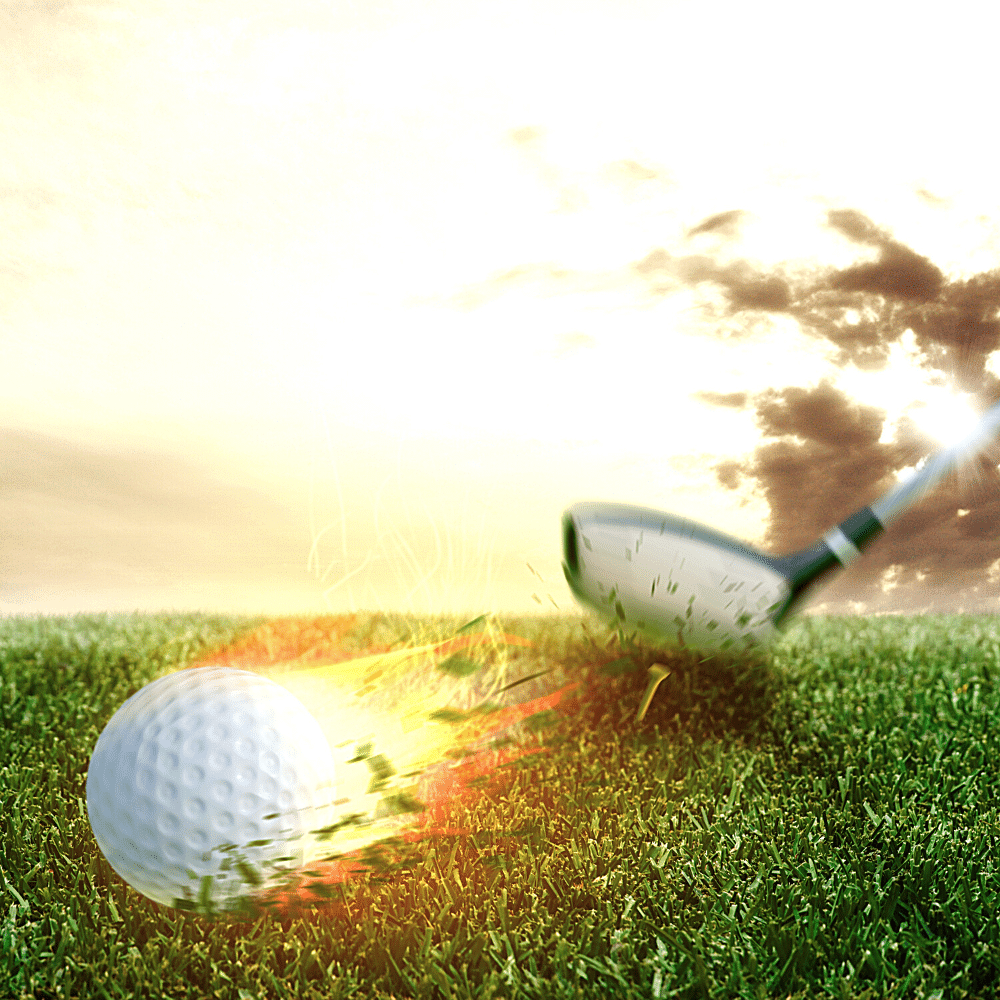
Best Golf Balls For Beginners
For golfers new to the game there are three key factors that need to be considered when selecting a golf ball: value (price), distance, and forgiveness. When you're first learning the game you're likely to lose a lot of golf balls - value-oriented two-piece golf balls are probably your best bet.
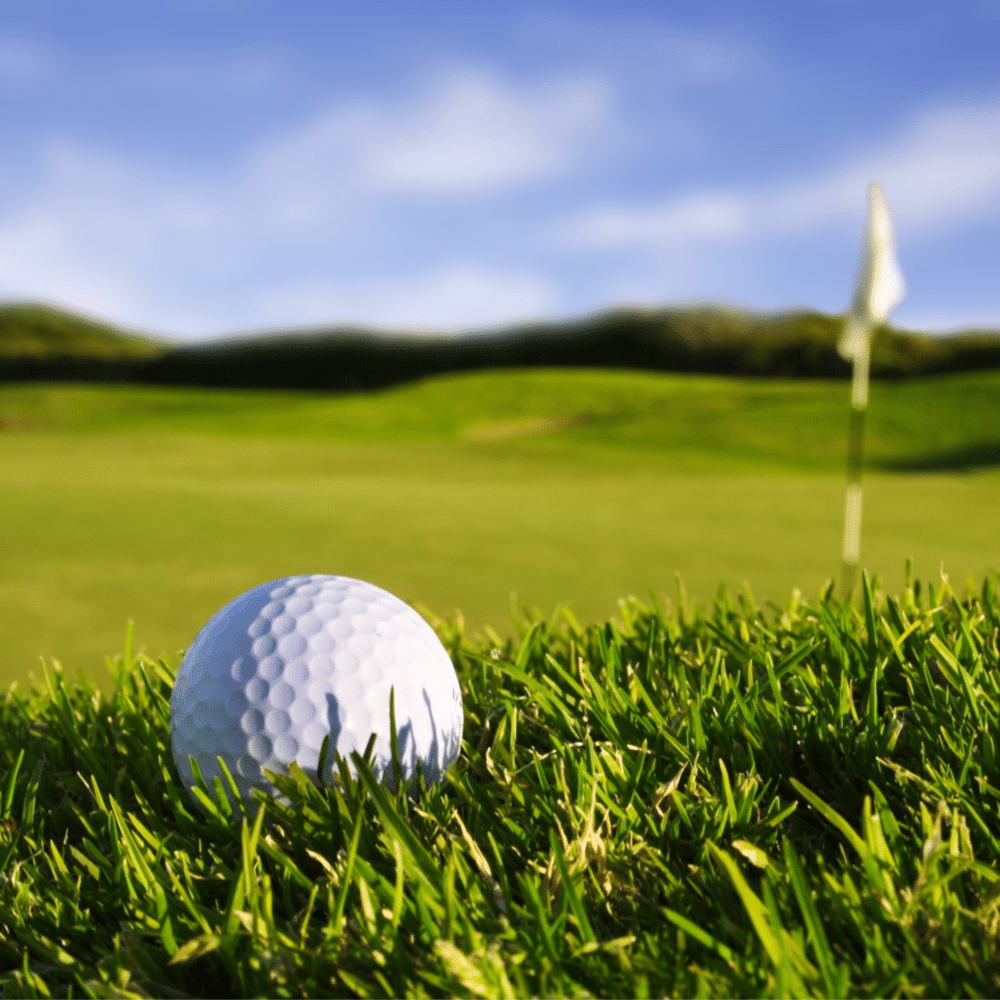
Best Golf Balls For Mid Handicappers
Mid-handicappers are a tricky bunch. They can play almost any type of golf ball. They can be good enough to play single-digit golf but they can also throw in blow-up rounds. That's why we break it down by distance, swing speed, and more. Premium golf balls or hybrid balls emphasizing high short-game spin and low long-game spin are good bets.
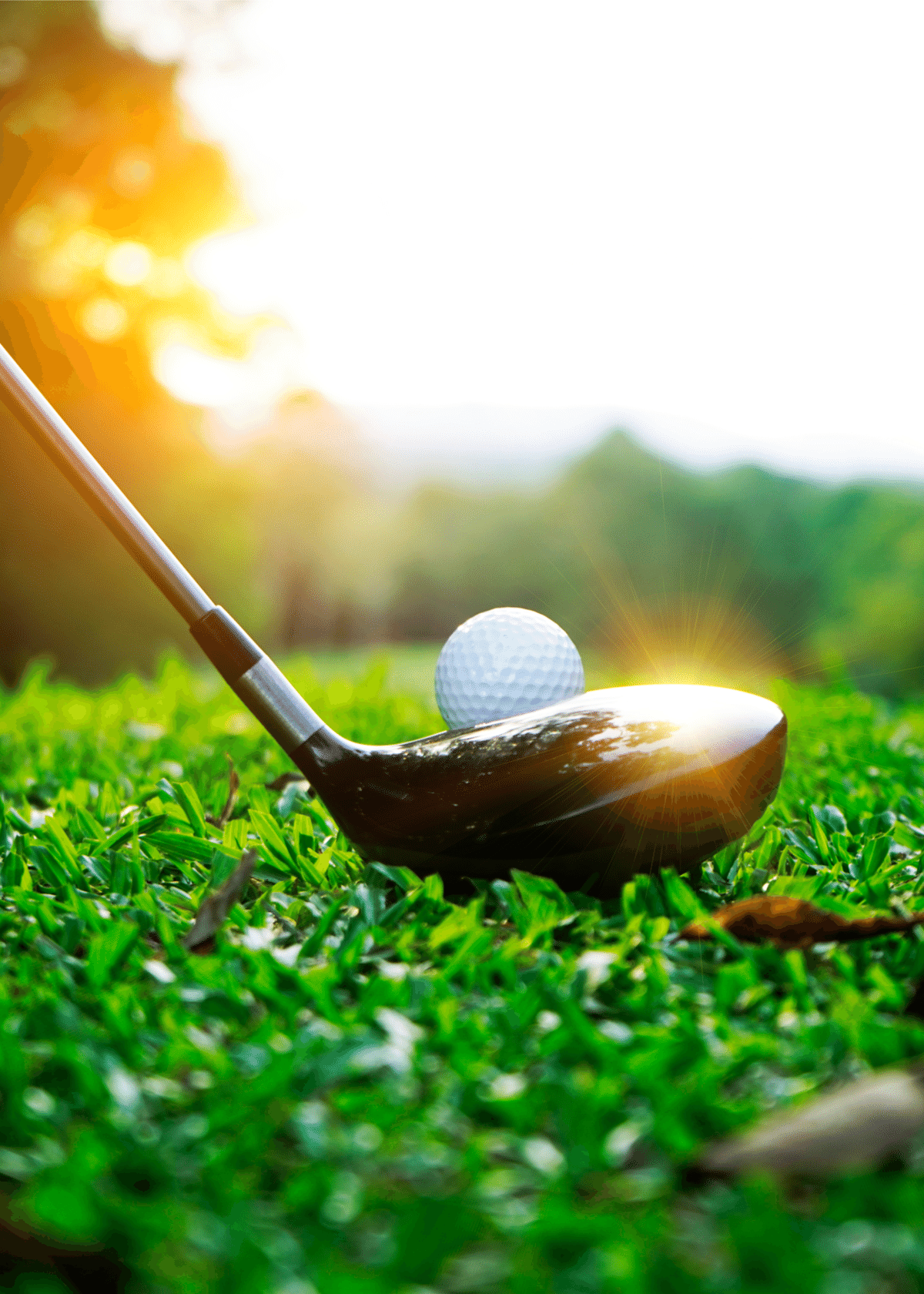
Best Golf Balls For High Handicappers
Value 2 or 3-piece golf balls that offer distance and forgiveness are probably your best bet. High handicappers still lose enough balls that multi-layered premium balls are not recommended.
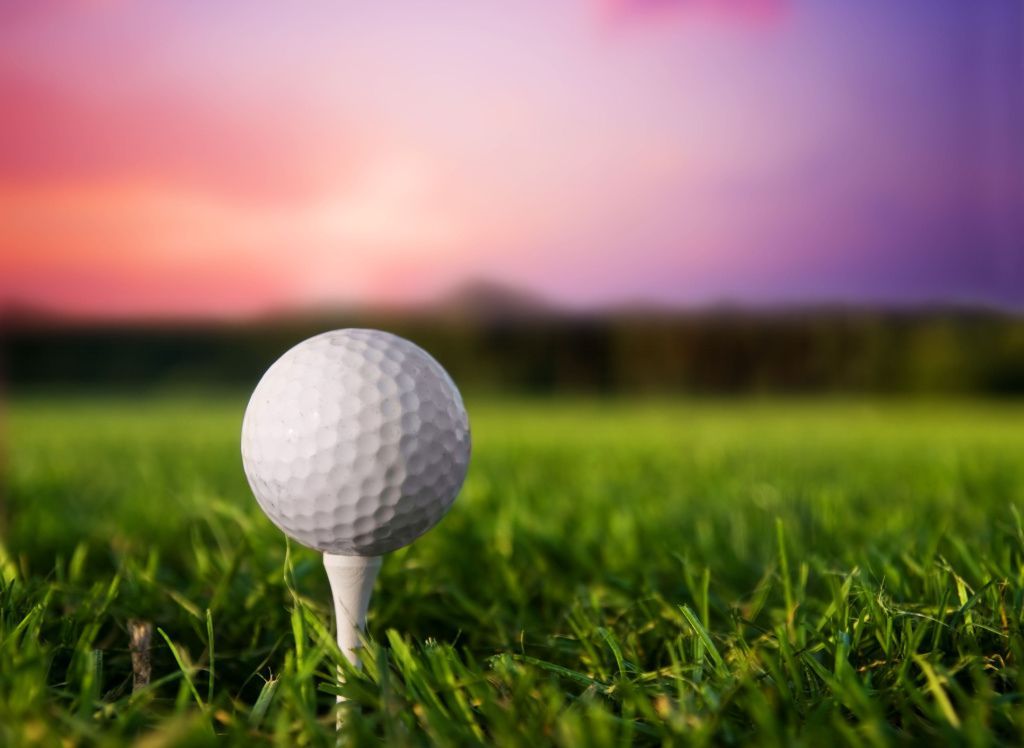
Best Golf Balls For Seniors
You're a little older and your swing speed isn't what it used to be. Low-compression golf balls are your best bet and if your handicap is low enough look for 3 or 4-piece balls for that short game spin.
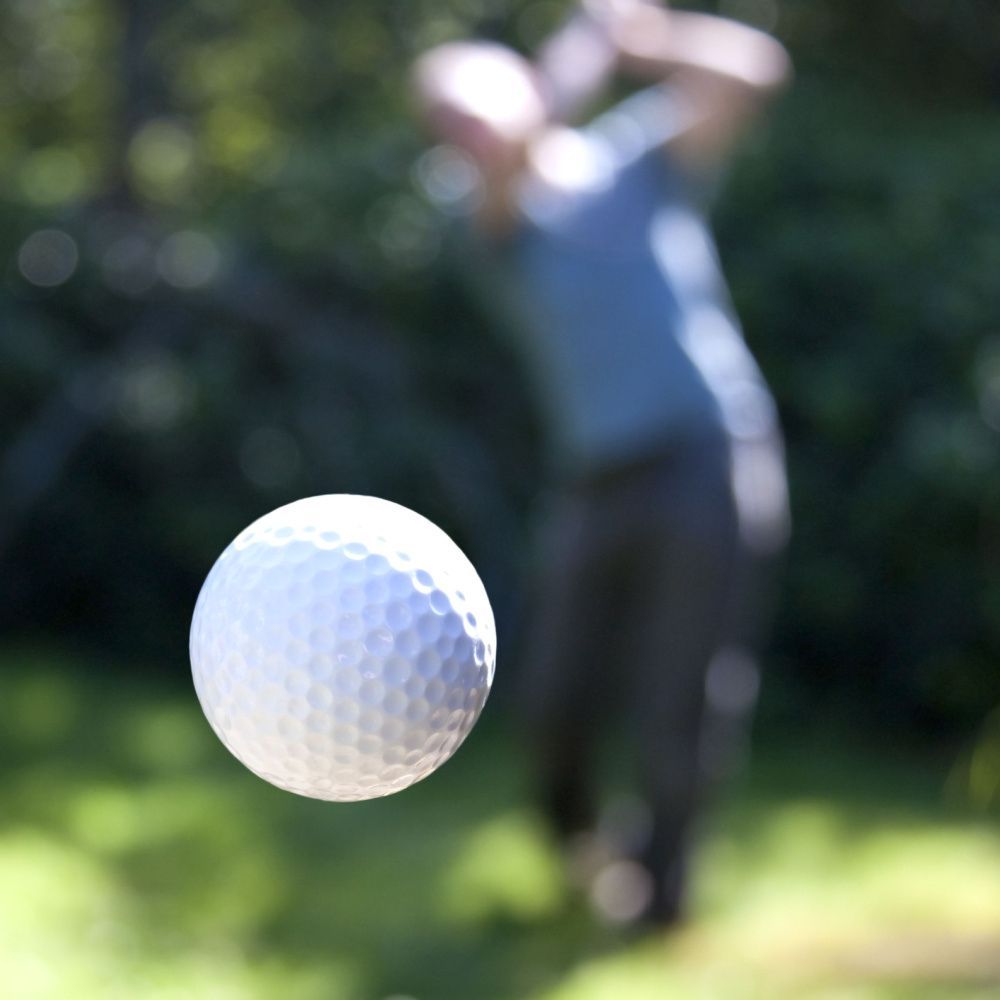
Best Golf Balls For Women
Ladies-specific golf balls are a great option, but don't feel constrained when selecting a ball. Find the one that best fits your playing style and elevate your game!

Best Golf Balls For Slicers
Struggling with a nasty slice. Check out these low-spin golf balls that are all about forgiveness.
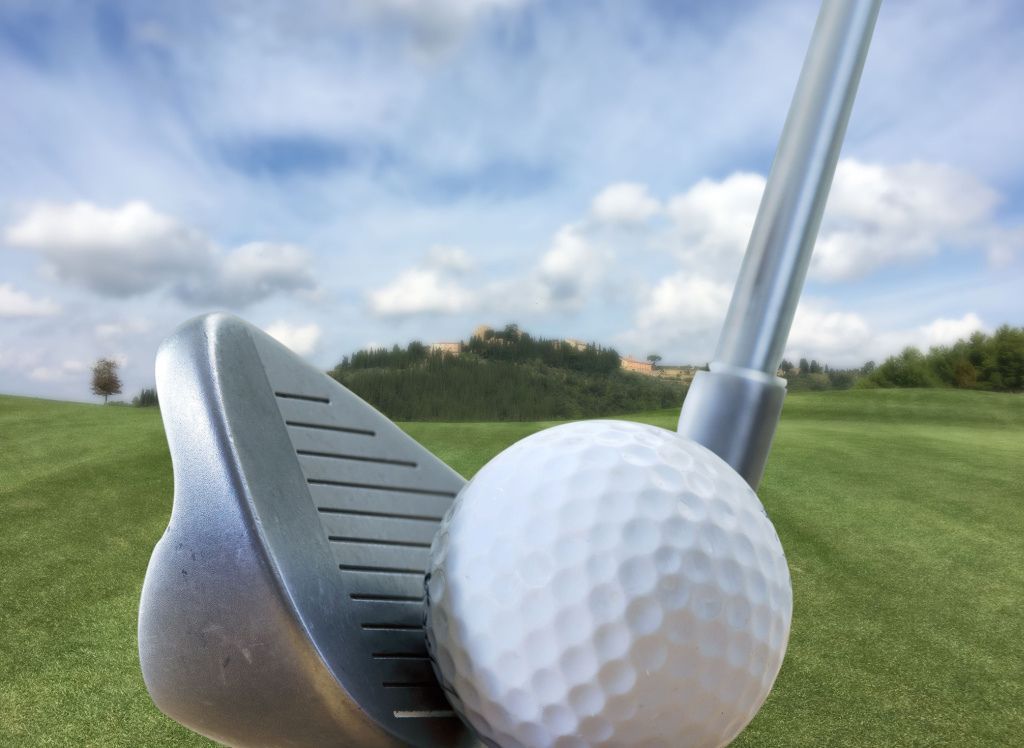
Best Golf Ball For A Slow Swing Speed
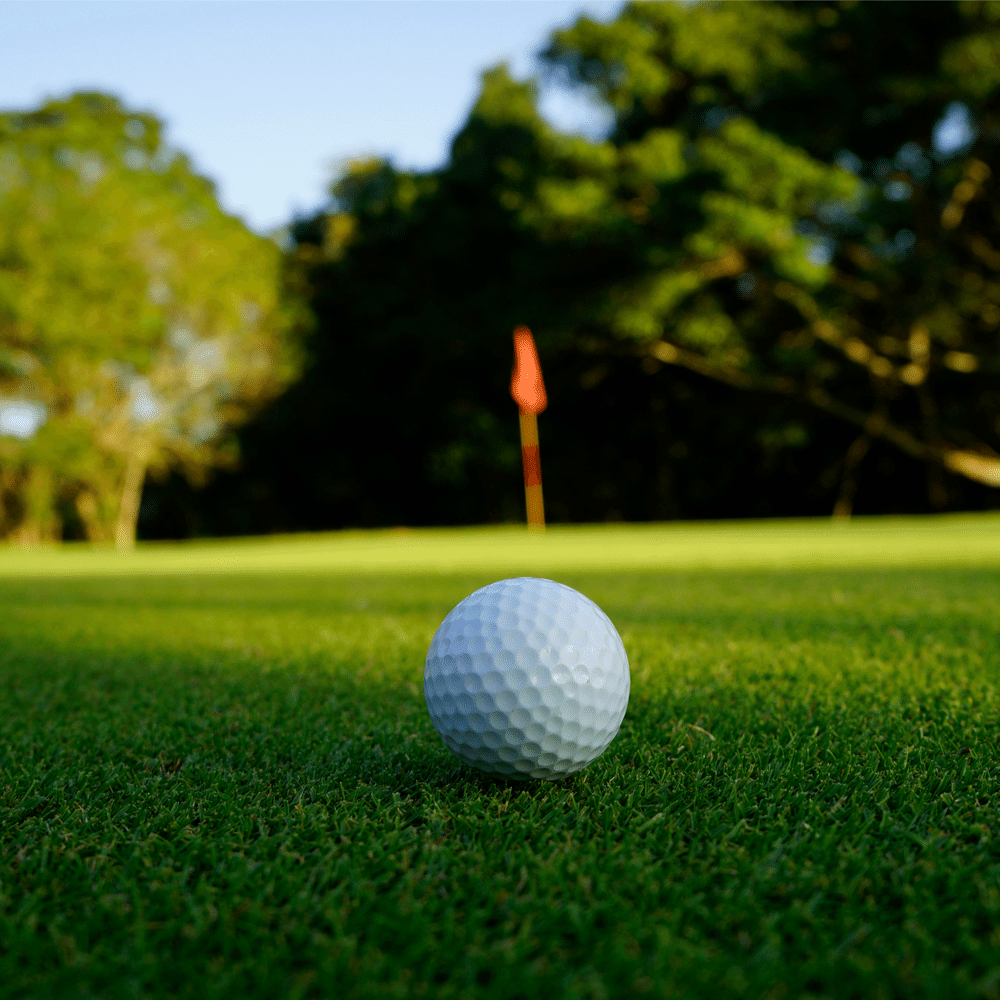
Best Low-Compression Golf Balls
If you're looking for more distance and a straighter more penetrating ball flight a soft golf ball could be your best best.
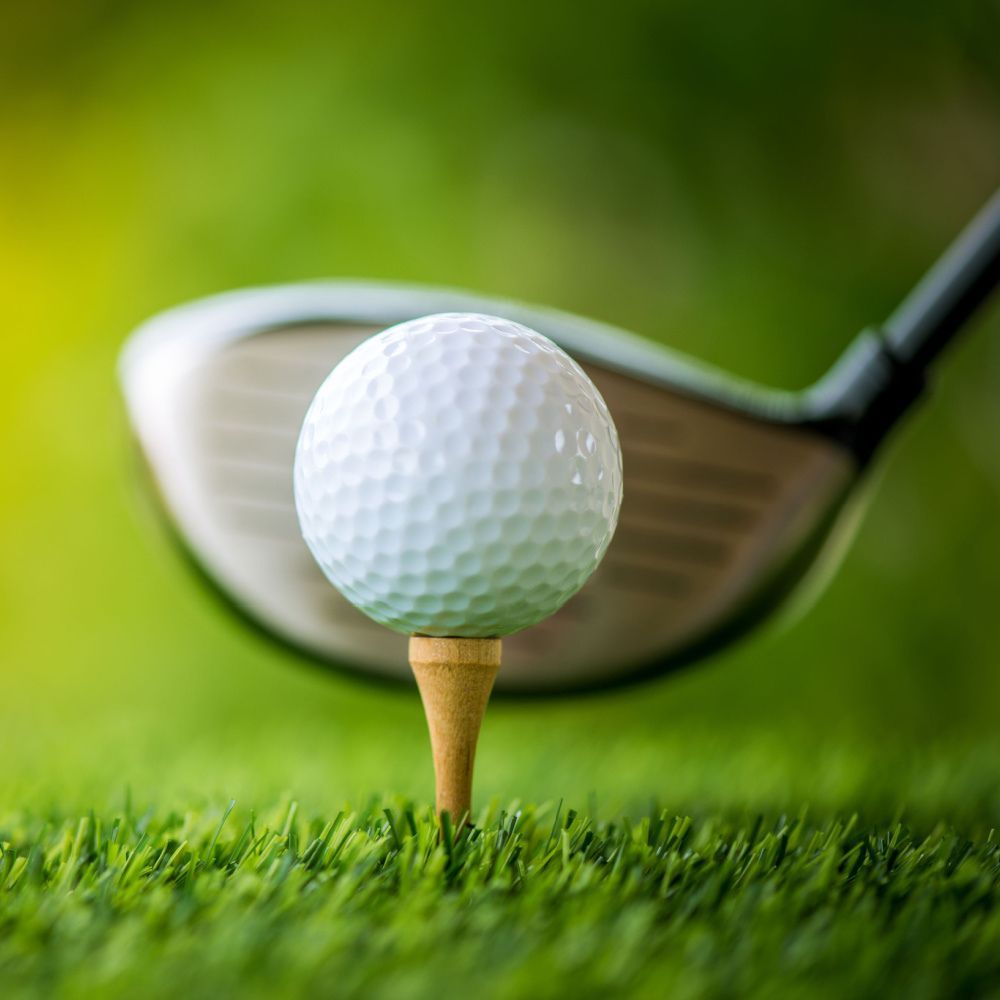
Best Callaway Golf Balls
If you're a fan of Callaway there's a golf ball that's right for you.
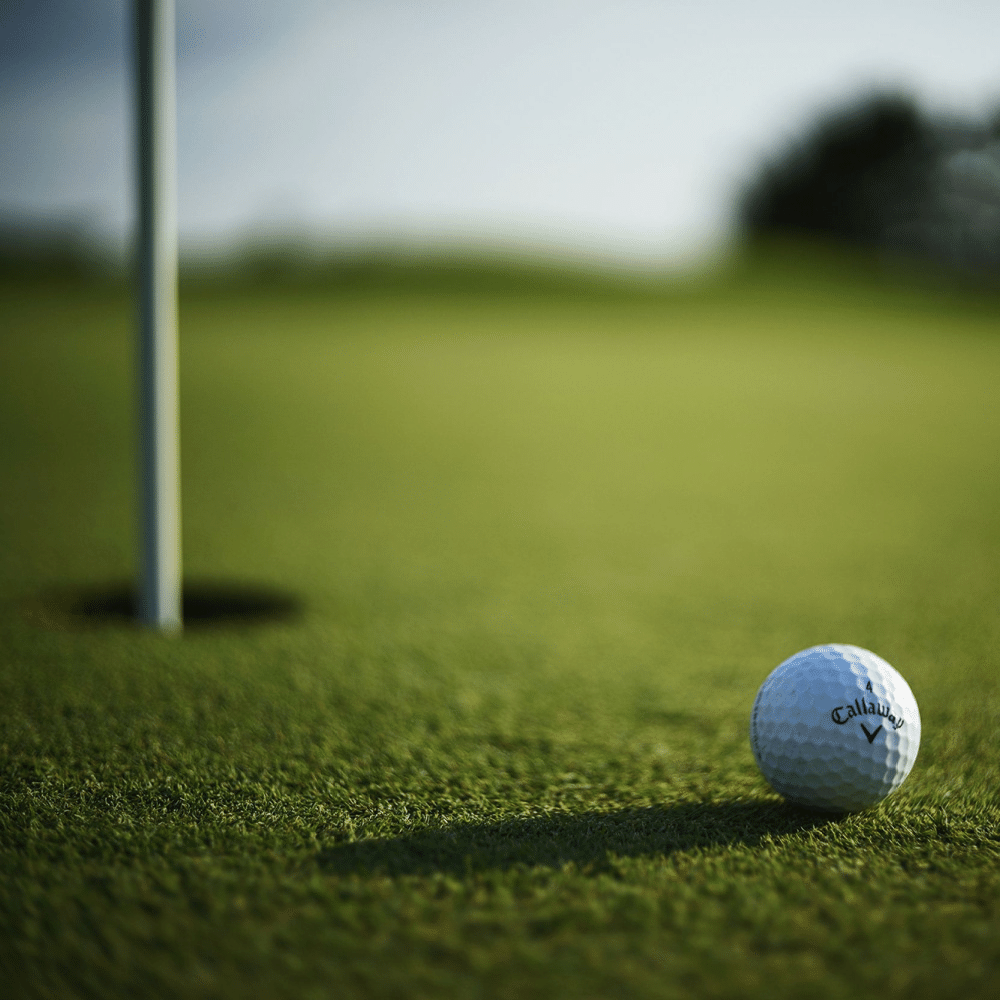
Best Bridgestone Golf Balls
"...7 out of 10 golfers who participated in Bridgestones ball fitting program claimed distance and accuracy improvements."
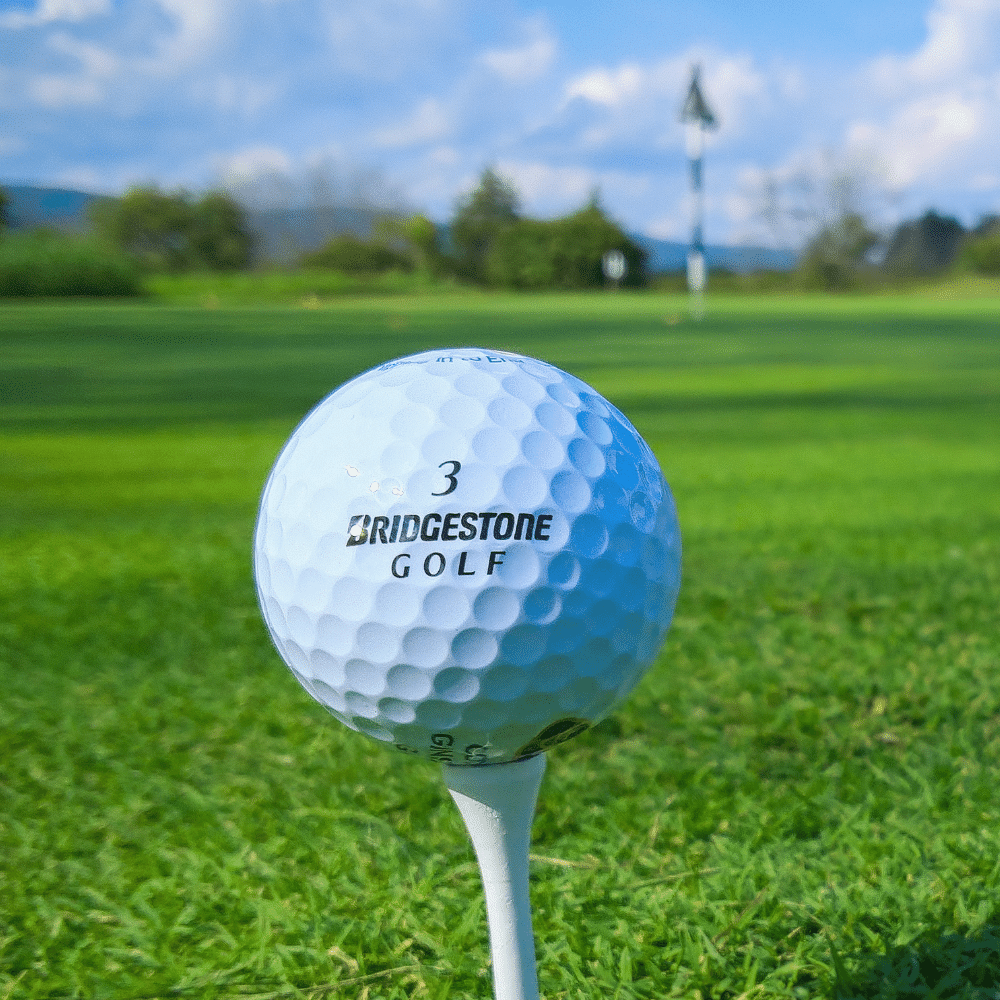
Best TaylorMade Golf Balls
If you're looking for a 5-piece golf ball or the perfect golf ball for putting alignment then TaylorMade is an excellent choice.
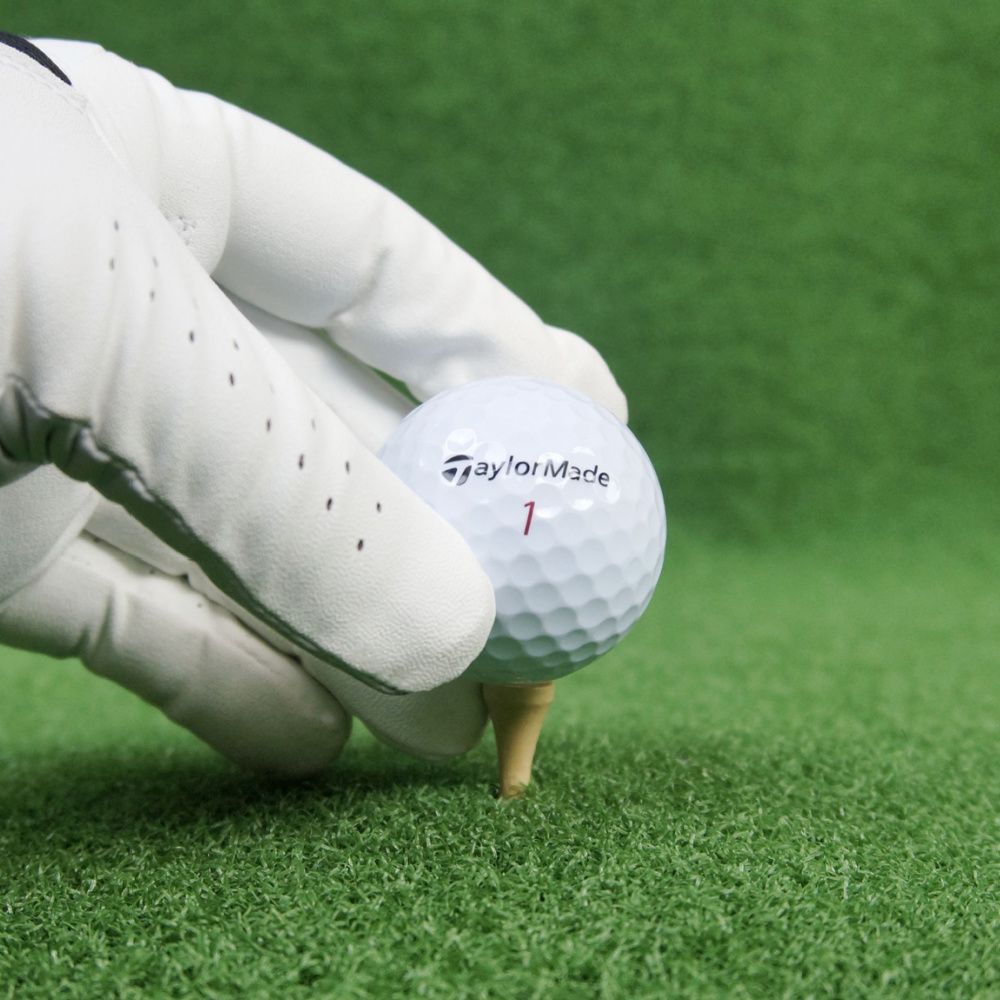
And Finally - The best Golf Balls That Are Super Cheap
The title says it all. However, we break it down for your game.
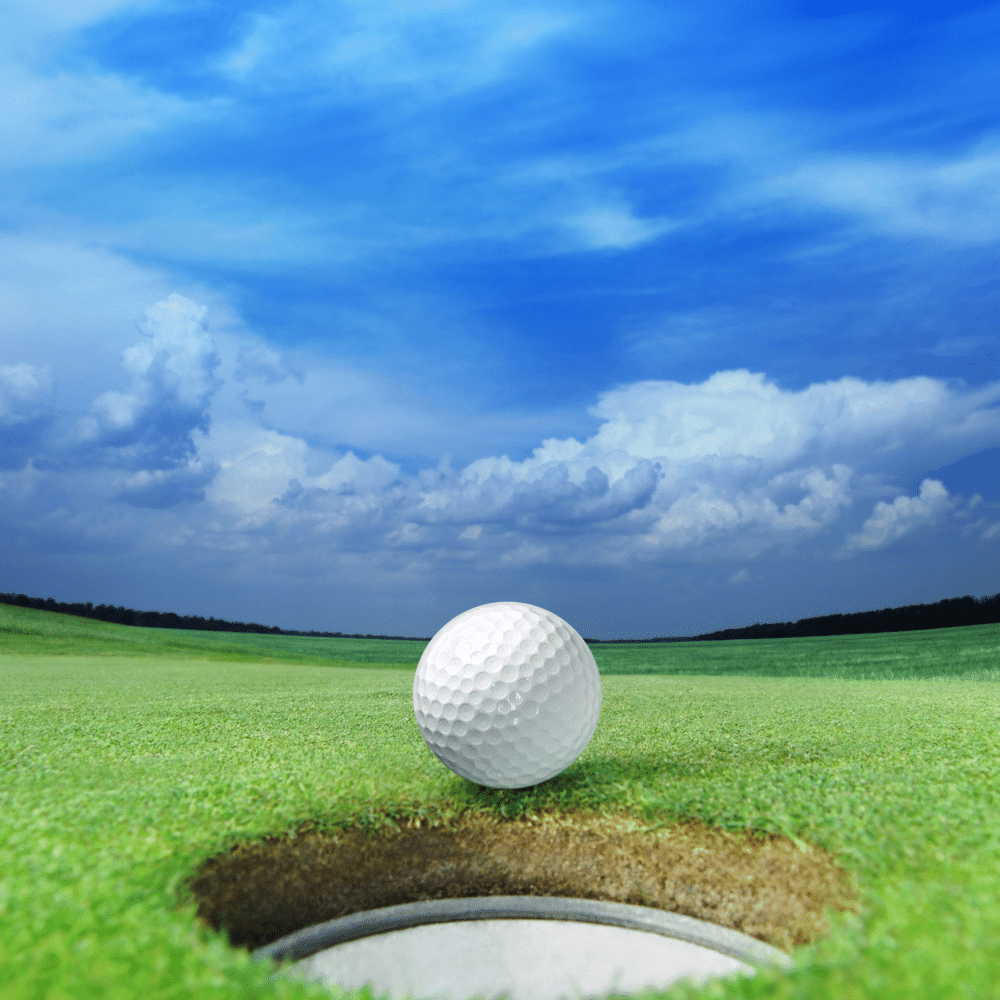
So there you have it, fellow golf enthusiasts! By dissecting the anatomy of golf balls, assessing your game, and experimenting with different options, you're well on your way to discovering the true secret to a better game. Now, armed with this knowledge, you can confidently answer the question, "What golf ball should I use?" Go forth and conquer the course, one swing at a time!
Thanks for visiting. We can't wait to see you again!
"Keep it in the short grass"
Joseph


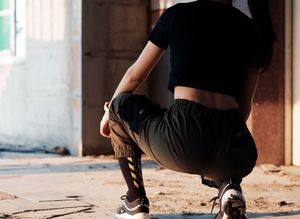



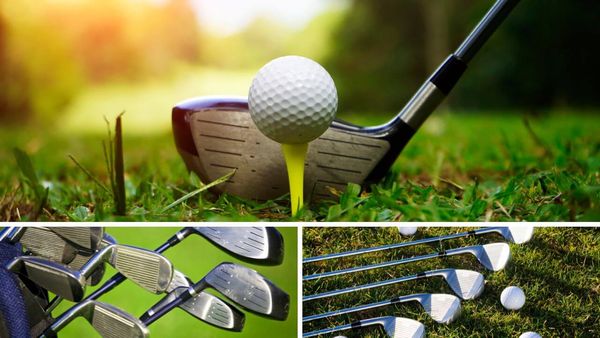
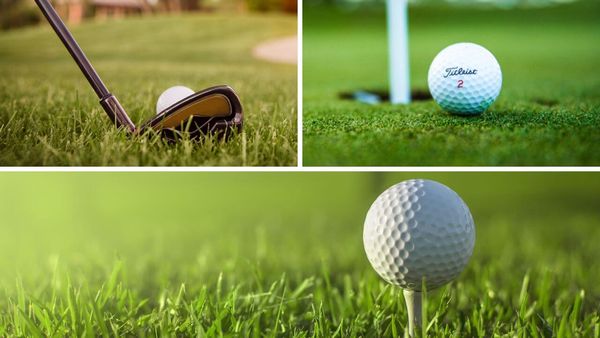
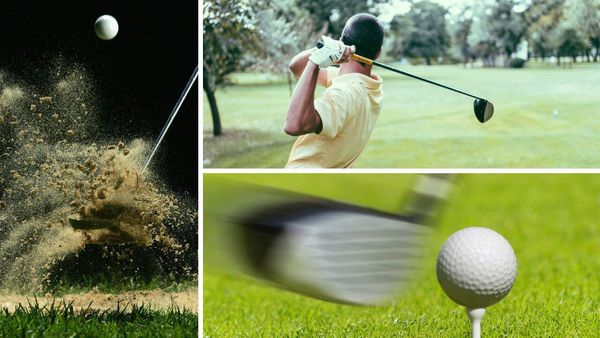
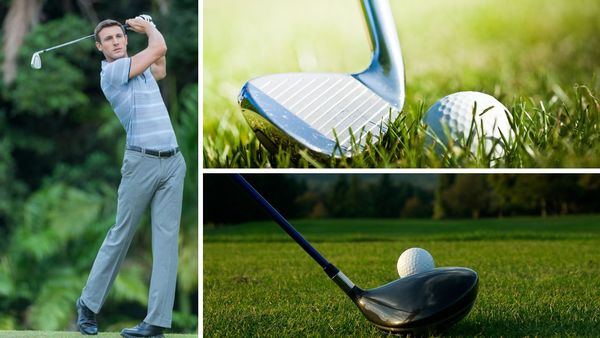
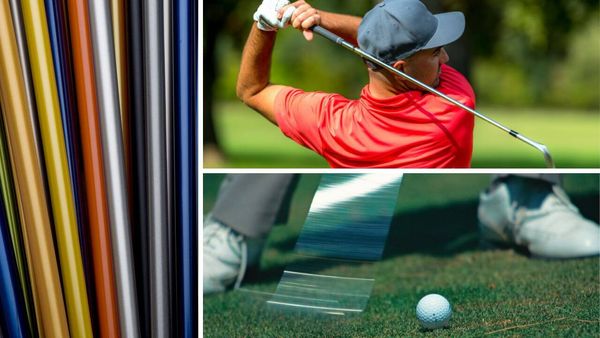
Member discussion